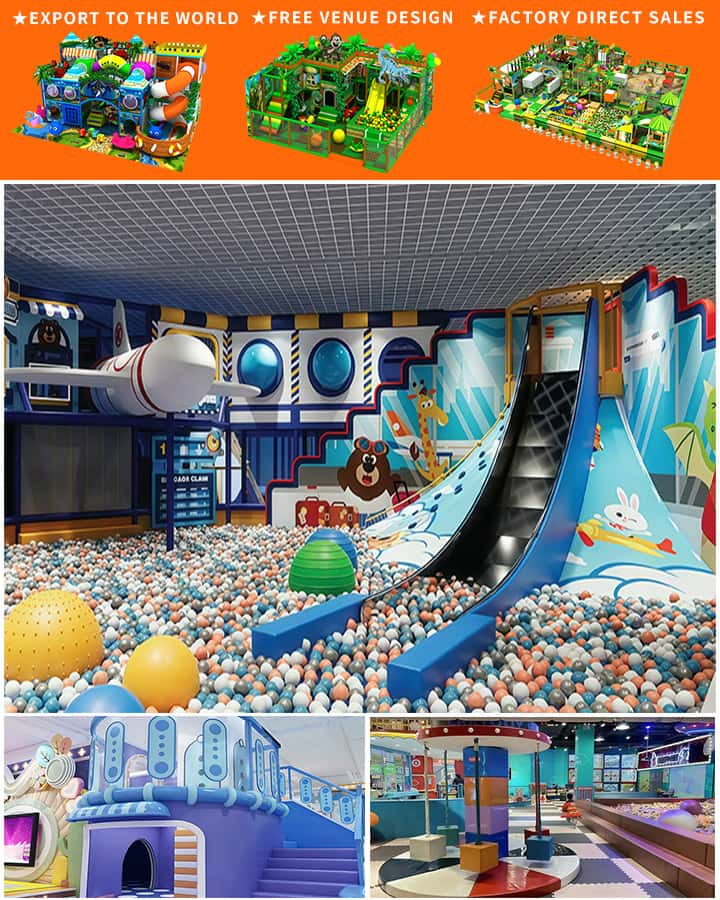Outdoor play is an essential part of a child’s development, offering numerous benefits such as improved physical health, social skills, and cognitive growth. With the increasing emphasis on active lifestyles and the well-being of our young ones, investing in high-quality outdoor playground equipment has never been more crucial. Whether you are a parent designing a backyard oasis or a community planner looking for safe, engaging public spaces, this guide will help you make informed decisions when selecting children’s outdoor playground equipment.
Importance of Outdoor Play
Before diving into specific equipment, it’s vital to understand why outdoor play is so beneficial. Time spent outdoors can enhance children’s physical fitness, improve motor skills, and foster a connection with nature. It also provides opportunities for imaginative play, which is crucial for cognitive and emotional development. Social interactions with peers at the playground can build friendships, teach sharing, and develop problem-solving skills.
Safety First
When selecting playground equipment, safety should always be the top priority. Ensure that all equipment meets the safety standards set by organizations such as the American Society for Testing and Materials (ASTM) and the Consumer Product Safety Commission (CPSC). Here are some key safety features to look for:
- Non-Toxic Materials: The equipment should be made from non-toxic, durable materials to ensure longevity and safety.
- Sturdy Construction: The playground equipment should have a solid, stable construction to prevent tipping and breaking.
- Proper Surfacing: Install appropriate shock-absorbing surfaces like rubber mats or wood chips to cushion falls.
- Age Appropriateness: Choose equipment that is suitable for the age group using it. Different age ranges require different levels of challenge and safety features.

Types of Outdoor Playground Equipment
Swings
Swings are a classic choice for any playground and come in various forms, including traditional belt swings, bucket swings, and baby swings. They help develop balance and coordination while providing a thrilling experience for children. Make sure the swing set is securely anchored and has adequate space around it to avoid collisions.
Slides
Slides bring joy and excitement to children of all ages. From simple straight slides to elaborate spiral models, there’s a wide range to choose from. Look for slides with gentle slopes and secure handrails to ensure safe descents. Combination units that include ladders or steps add an extra element of fun and physical challenge.
Climbing Structures
Climbing structures like jungle gyms, climbing walls, and rope ladders promote strength, coordination, and confidence. These structures often combine multiple activities, providing a comprehensive physical workout. Ensure that they are designed with safe entry and exit points to prevent accidents.
Seesaws and Teeter-Totters
Seesaws offer a fun way for children to interact with each other while developing balance and cooperation. Modern designs often feature molded seats with handles for added security. Consider weight-adjustable seesaws so that both smaller and larger children can enjoy them safely.
Spinning Equipment
Carousel-style spinners and merry-go-rounds provide endless entertainment while enhancing motor skills and balance. These spinning devices are particularly enjoyable for younger children but should always be used under adult supervision to prevent dizziness or falls.
Sandboxes and Water Play
Sandboxes and water tables encourage sensory exploration and creativity. Sandboxes allow children to dig, build, and explore textures, while water tables introduce concepts of pouring, measuring, and understanding water flow. Ensure these areas are easy to clean and free from sharp edges.
Additional Considerations
- Maintenance: Regular maintenance is essential to keep playground equipment safe and functional. Check for wear and tear, loose bolts, and rust, and address any issues promptly.
- Accessibility: Ensure that the playground is accessible to all children, including those with disabilities. Inclusive design means considering wheelchair-accessible pathways and adaptive equipment where necessary.
- Aesthetic Appeal: A colorful, inviting playground can attract more users and create a welcoming environment. Choose equipment with vibrant colors and interesting shapes to stimulate children’s imaginations.
Conclusion
Creating a safe, engaging outdoor playground requires thoughtful consideration of the children’s needs and safety. By prioritizing quality, safety, and inclusivity, you can provide an enriching environment that supports physical, social, and cognitive development. Remember, a well-designed playground is more than just a place to play—it’s a space where memories are made and future generations are nurtured.




